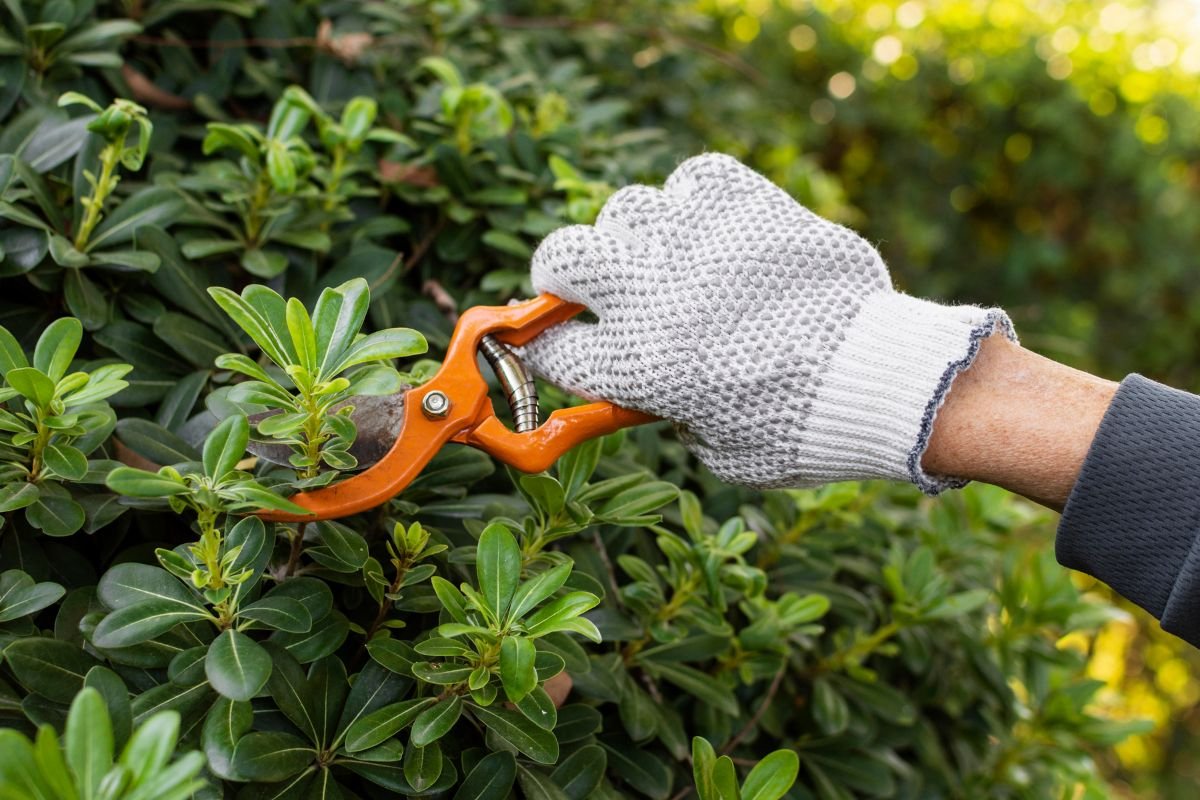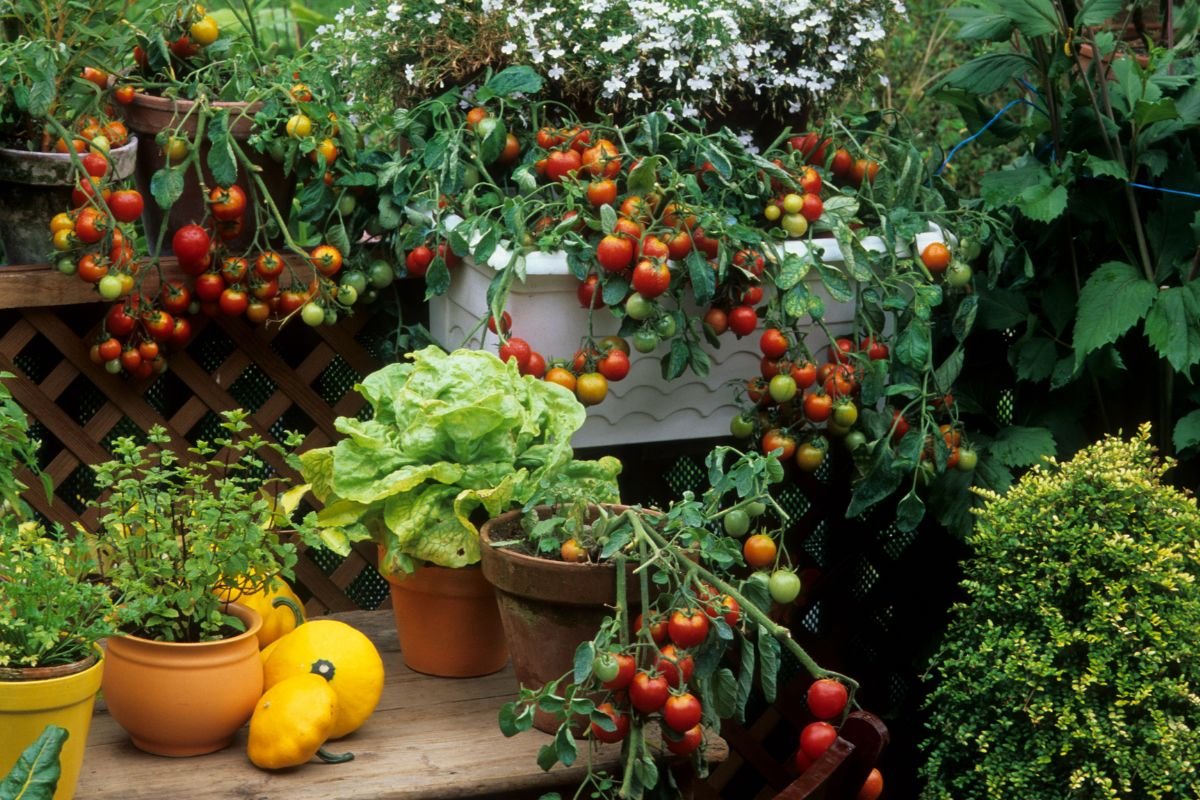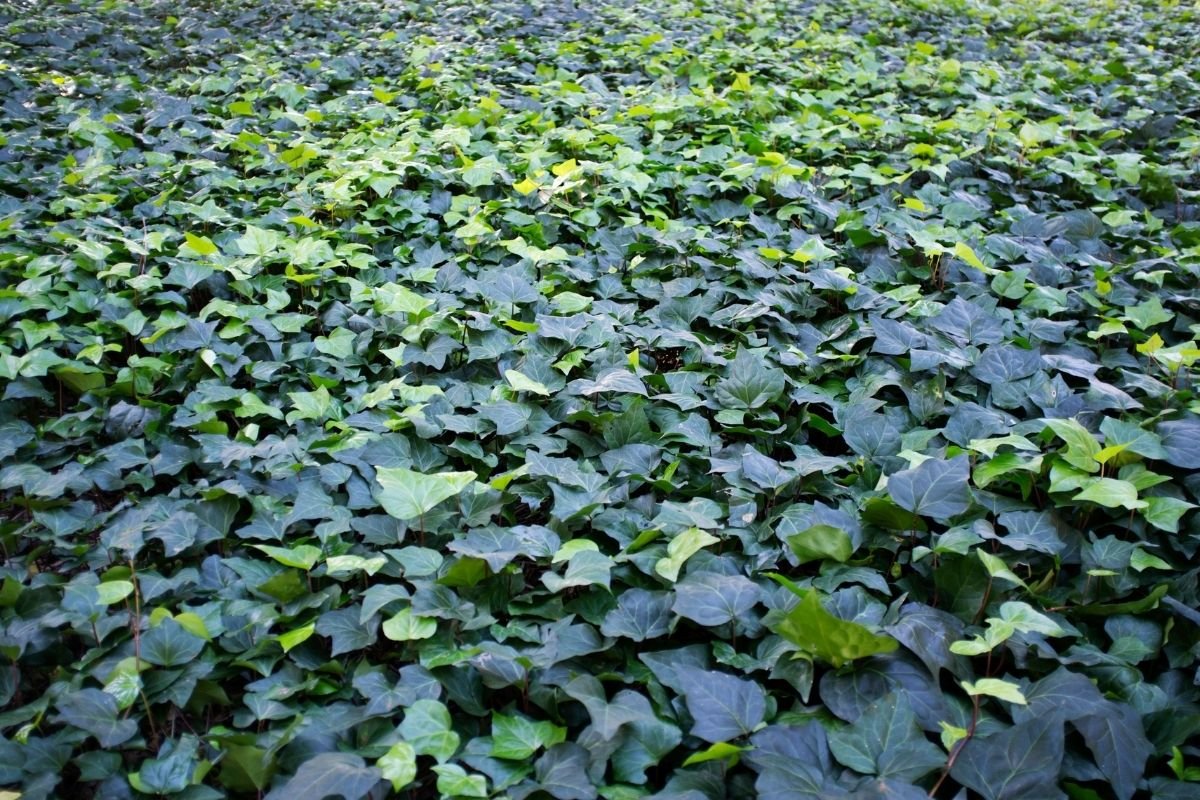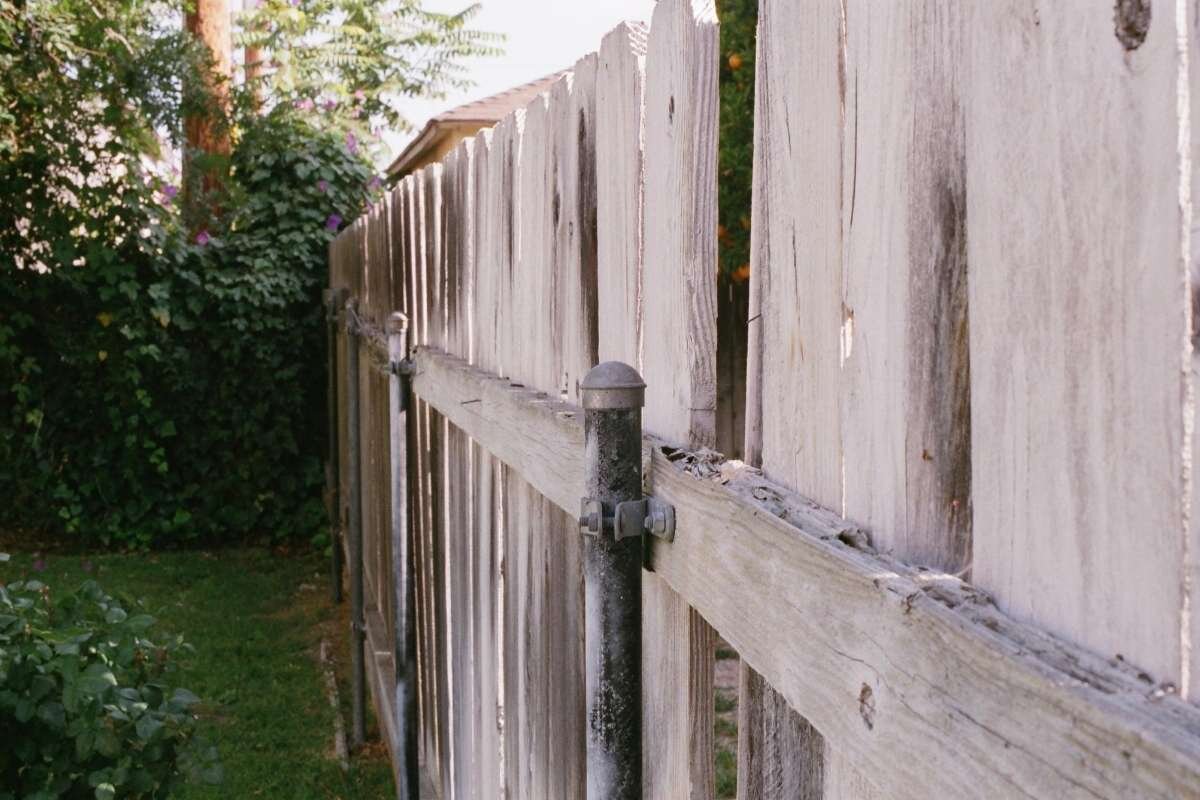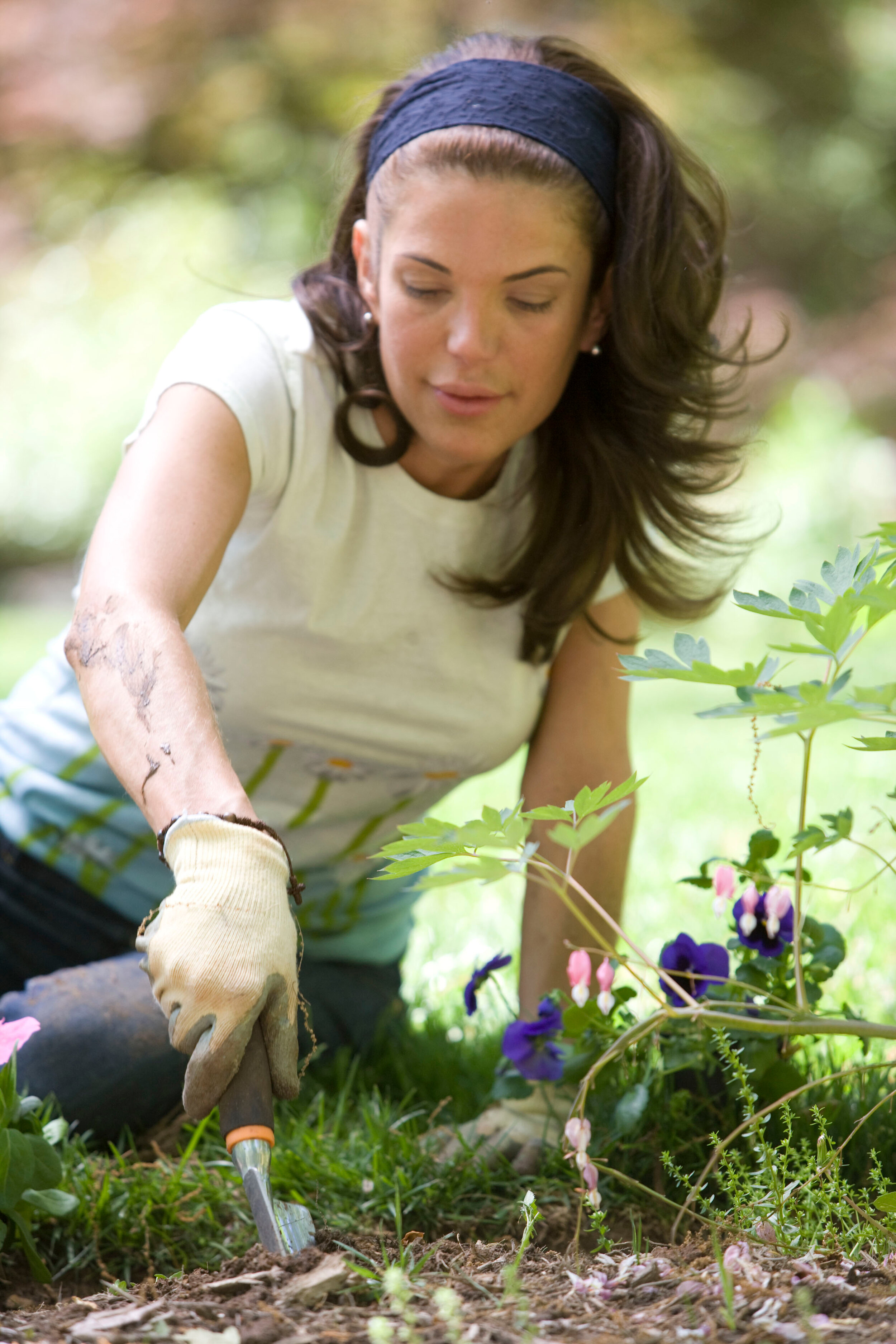Hedges. We love them when they’re perfectly trimmed, but they become the bane of our existence when they start growing out of control. Whether you’ve just purchased a property with hedges, or you’re getting ready to give your hedge its first haircut, there’s a lot you have to learn. Read on to find out everything you need to know about hedge trimming tools and their use.
What Is the Difference Between a Hedge Trimmer and a Hedge Cutter?
When you start browsing the various landscaping outlets for hedge trimming equipment, you may quickly become overwhelmed. Who knew there were so many options out there for hedge care? You may even see two different products, a hedge trimmer and a hedge cutter, and wonder if they achieve the same result.
Surprisingly, there are differences between a hedge trimmer and a hedge cutter. You might need one or the other, or even both, depending on your hedges.
Hedge Trimmers
Hedge trimmers are the perfect tool for light, delicate hedge work, such as finishing touches. You may rely on your hedge trimmers for shaping your hedges to perfection once you’ve given them a healthy haircut.
Hedge Cutters
In contrast, hedge cutters are designed to handle large hedge cutting tasks. You might use these when you’ve let your hedge grow wild or if it’s particularly woody or unkempt. These tools tend to have larger blades, which means they are suitable for cutting larger branches.
There’s a lot involved in hedge care, but having the right tools for the job can make a significant difference to the final result. If you’re not sure what you need, why not contact a gardening and lawn care expert for advice?
How to Trim Hedges by Hand
You might think you can attack your hedges in the same way you prune your shrubs or trim your trees, but hedge trimming is an art form. It requires you to understand the growth patterns so that you can shape and prune for your hedge’s health and your privacy.
Hedges should be full from top to bottom. This means you have to trim the sides with an outward flare angle to ensure the hedge top is narrower than its base. This unique shape can ensure that your hedge’s lower branches get enough sunlight to grow and add body to your hedge.
But that’s not all. Learning how to trim hedges by hand can also require you to understand the importance of string guide lines. Without them, you may find yourself with a less-than-perfect hedge you’d prefer to remove altogether.
Attach strings to wooden stakes and insert them in the ground at both ends of your hedgerow. You can then follow these boundaries as you cut, without cutting off too much or too little.
Start from the Top
Trim from the top to create a plane that is as flush with the top guide strings as possible. We’ll get more into the safety aspects of hedge pruning at height below. You can then trim the sides to create even planes along your guide strings. If you notice thin spots, the haircut will likely spur new growth to fill them.
Lastly, you can trim the hedge ends. Square these up for aesthetic purposes, but you can also get creative by angling them inwards, as you did with the hedge sides.
What is Needed to Trim Hedges?
You’ll learn very quickly that you need more to trim your hedges than a pair of scissors. In fact, it’s worth having quite a few tools in your arsenal so that you can achieve both health and aesthetics in every cut.
As previously mentioned, hedge trimmers can be ideal for light trimming. You can also arm yourself with hedge cutters to handle those larger branches and more detailed cuts. Don’t forget to have a stepladder handy for those tall hedges, along with string, a tape measure, stakes, and a hammer for making sure your hedge is uniform.
How to Level My Hedges
You might have an eye for detail, but hedges are a fickle beast. While you’re working on them, you might think you’ve cut them perfectly. It’s not until you step away that you realise that wasn’t the case at all.
As mentioned above, using string as a guide can offer no end of benefit. Box the hedge with your string at the top and bottom so you can cut within its parameters. You may not get your hedge inch-perfect, but it can look far more level and uniform than if you decided to wing it and hope for the best.
What Do I Use to Trim Tall Hedges?
Most people grow hedges for privacy, which is why they let them grow so tall. Some species, like the pittosporum hedge, for example, can even grow up to three metres tall. This can make hedge cutting quite a complex undertaking.
One of the most important things to know is that you should never operate a hedge trimmer above your head. It’s all too easy to lose your balance and fall, resulting in severe injuries and a potential ACC claim.
Instead, use a long-reach hedge trimmer or a platform system ladder. Both can allow easy access to the tops of your hedges without having to put yourself in a dangerous position. Alternatively, contact the experts who can carry out tall hedge trimming for you.
Are You Ready to Start?
Armed with helpful tips and tricks on the best hedge trimming equipment and techniques, are you ready to start? Knowledge is power, so you may realise you’re more prepared than you thought or require the helping hand of a hedge trimming professional.







